Interior design is more than just decorating a space; it is a multifaceted discipline that plays a vital role in shaping our society. Beyond aesthetics, interior design influences our daily lives in numerous ways, from enhancing our well-being to reflecting cultural trends and economic conditions. In this blog, we will delve into the importance and multifaceted role of interior design in our society.
The Aesthetics of Comfort
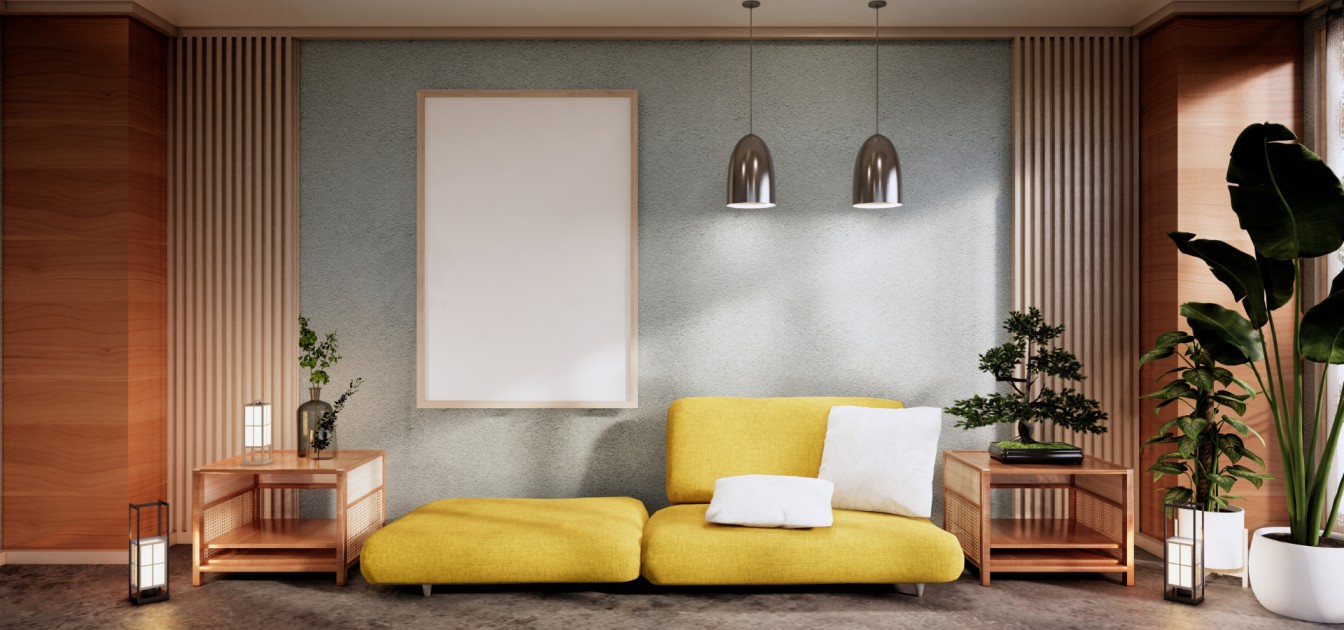
One of the most evident roles of interior design is creating aesthetically pleasing and comfortable spaces. A well-designed interior can transform an ordinary room into a haven of comfort and style. Interior designers are skilled at harmonizing colors, textures, furniture, and lighting to create a visually appealing and functional environment. A thoughtfully designed space can enhance the quality of life, promote relaxation, and boost productivity.
Enhancing Well-being
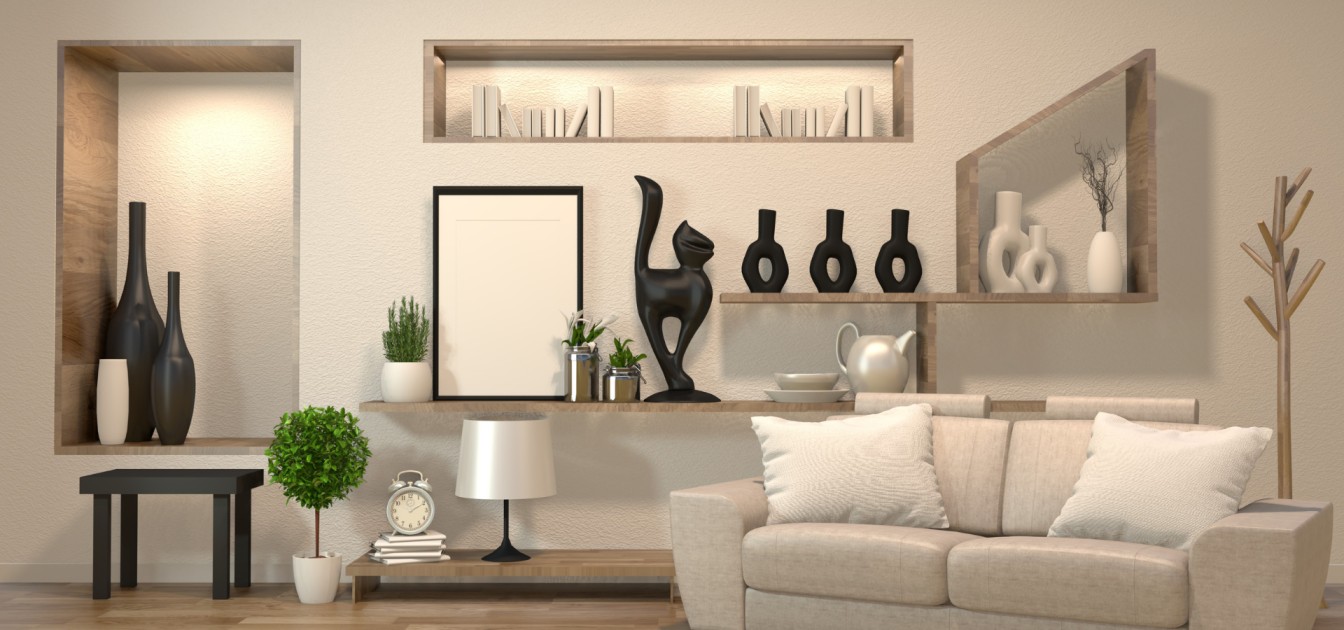
The impact of interior design on human well-being cannot be overstated. A well-designed interior can contribute to our physical and mental health. For instance, the choice of colors can influence mood; soothing colors like blues and greens can promote relaxation, while vibrant colors like reds and yellows can energize a space. Proper lighting can reduce eye strain and improve concentration.
Furthermore, interior designers consider ergonomics when selecting furniture and arranging spaces, ensuring that they are comfortable and promote good posture. This attention to detail can prevent health issues like back pain and muscle strain.
In healthcare settings, interior design can have a profound impact on patients’ recovery and comfort. Hospitals and clinics that incorporate soothing colors, natural light, and comfortable furnishings create an environment that aids in healing and reduces stress.
Promoting Sustainability
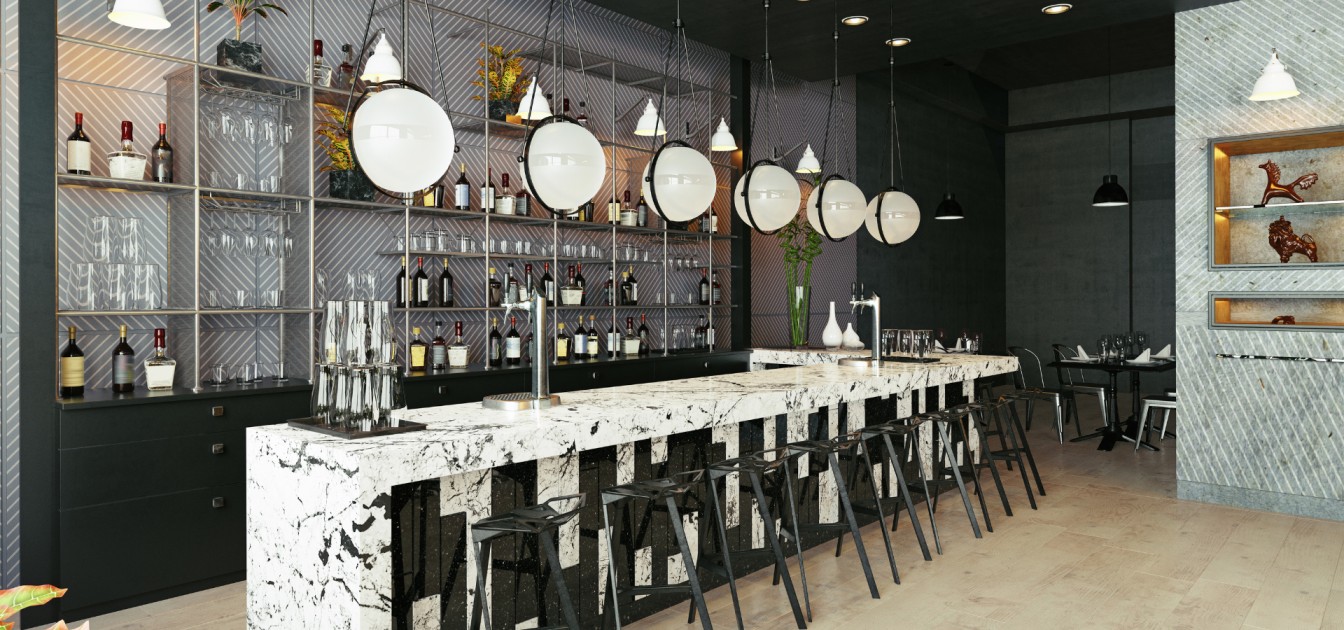
In an era of growing environmental consciousness, interior design has taken on a new role in promoting sustainability. Interior designers are increasingly incorporating eco-friendly materials and practices into their projects. Sustainable design not only reduces the environmental footprint but also improves indoor air quality and reduces energy consumption.
Designers consider factors such as using recycled materials, energy-efficient lighting, and low-VOC (volatile organic compounds) paints and finishes. These choices not only benefit the environment but also contribute to healthier indoor spaces.
Fostering Creativity and Innovation
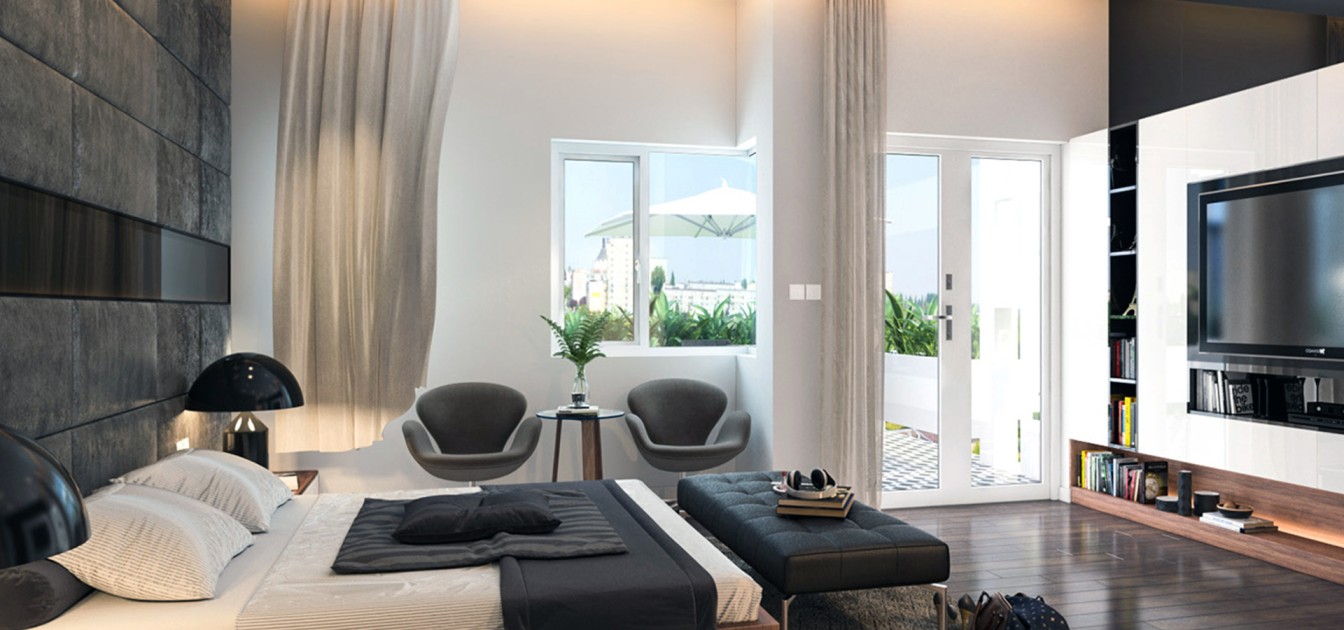
Interior design is not limited to residential and commercial spaces; it also extends to educational institutions and workplaces. In these environments, interior design plays a crucial role in fostering creativity and innovation.
In educational settings, classrooms and learning spaces are designed to facilitate active engagement and collaboration among students. Flexible seating arrangements, vibrant colors, and interactive technologies can inspire curiosity and enhance the learning experience.
Similarly, in the corporate world, well-designed office spaces can boost employee morale and productivity. Open and collaborative workspaces promote communication and idea sharing, while comfortable breakout areas encourage relaxation and creativity.
Reflecting Cultural Trends
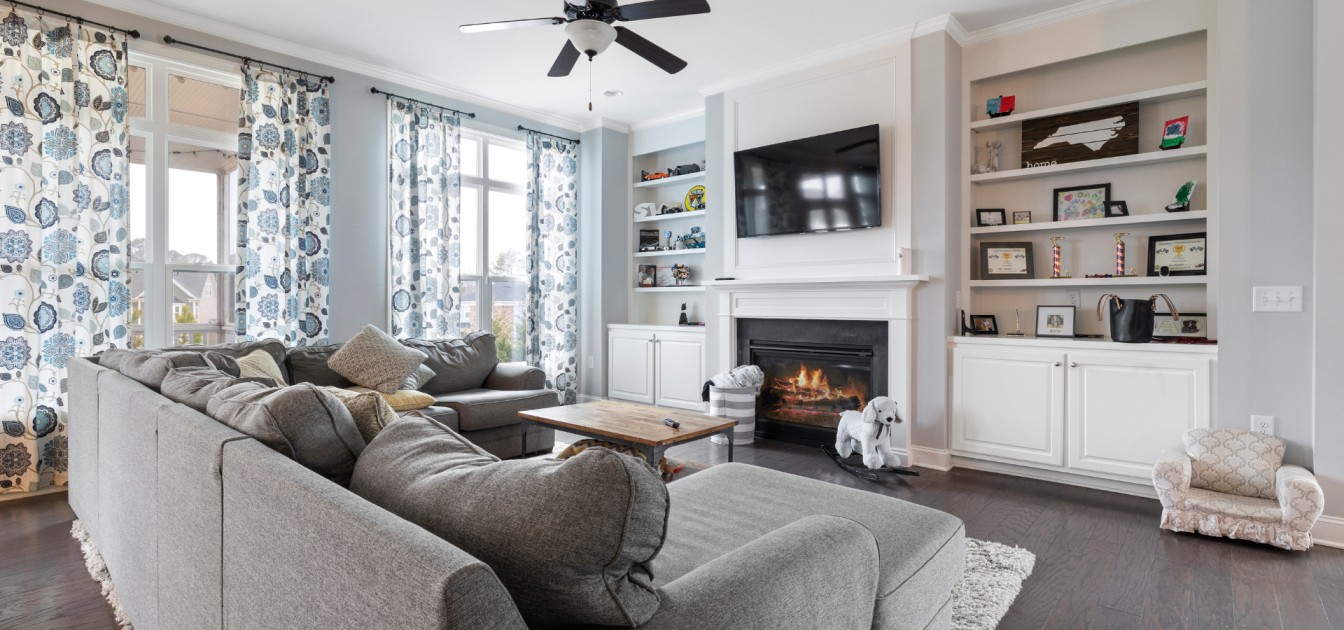
Interior design is a reflection of the culture and societal trends of a particular era. Design styles evolve over time, influenced by changes in fashion, technology, and societal values.
For example, the mid-century modern style of the 1950s and 1960s reflects the optimism and innovation of the post-war period. It features clean lines, minimalist aesthetics, and an emphasis on functionality.
On the other hand, the rise of the digital age has given rise to tech-savvy interiors with integrated smart technology, highlighting the importance of connectivity and convenience.
Incorporating Art and Culture
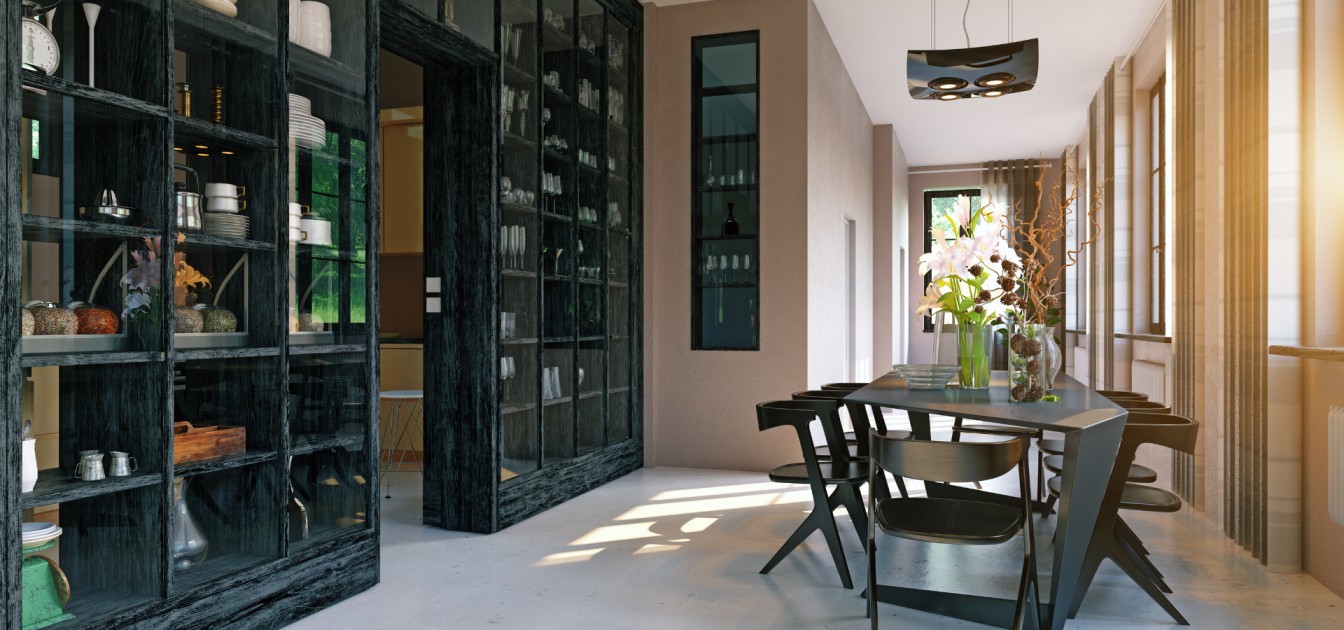
Interior design often incorporates elements of art and culture, making spaces more engaging and meaningful. Designers may use art, sculptures, or cultural artifacts to create a unique and personal touch in a space. This not only adds aesthetic value but also tells a story about the people who inhabit the space.
For instance, a restaurant that features local artwork and traditional decor can create a sense of place and authenticity, enhancing the dining experience. Similarly, incorporating cultural elements in a home’s interior design can celebrate one’s heritage and create a strong sense of identity.
Economic Impact
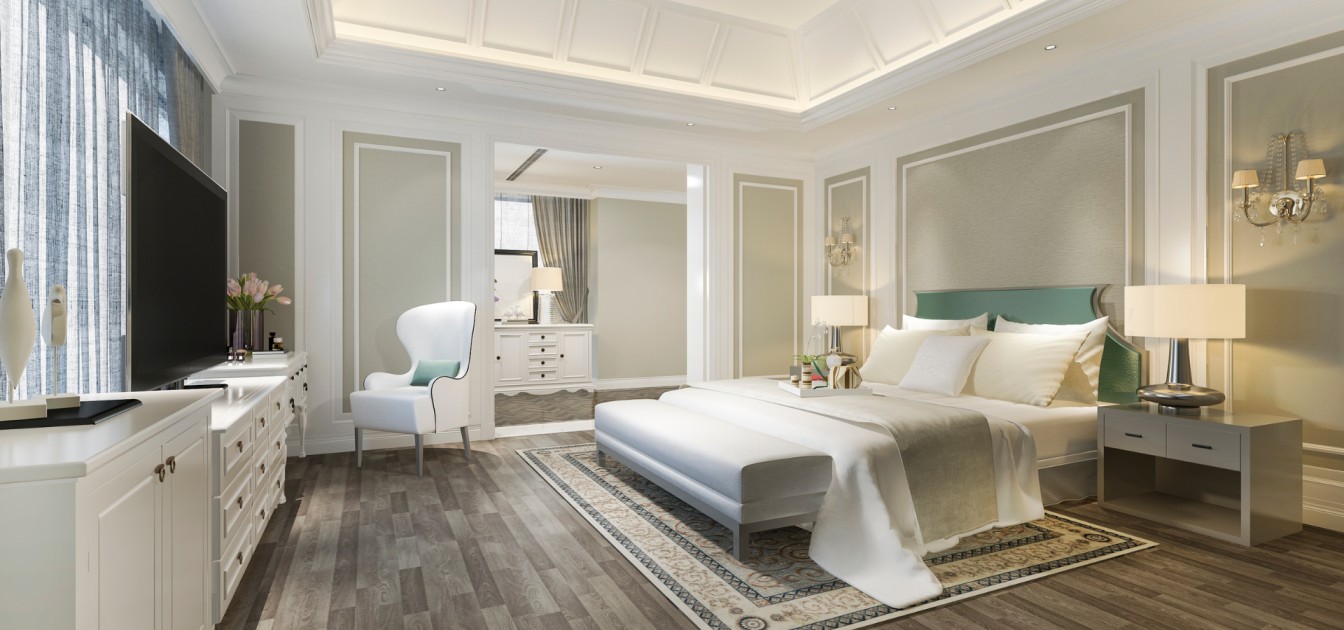
The field of interior design also has a significant economic impact. Interior designers contribute to economic growth by generating demand for furniture, materials, and construction services. As people invest in improving their living and working spaces, the interior design industry continues to thrive.
Additionally, interior design can increase the value of real estate. Well-designed homes and commercial spaces are more attractive to buyers and renters, often commanding higher prices and rental rates. Thus, interior design not only enhances the quality of life but also provides financial benefits.
Meeting Functional Needs
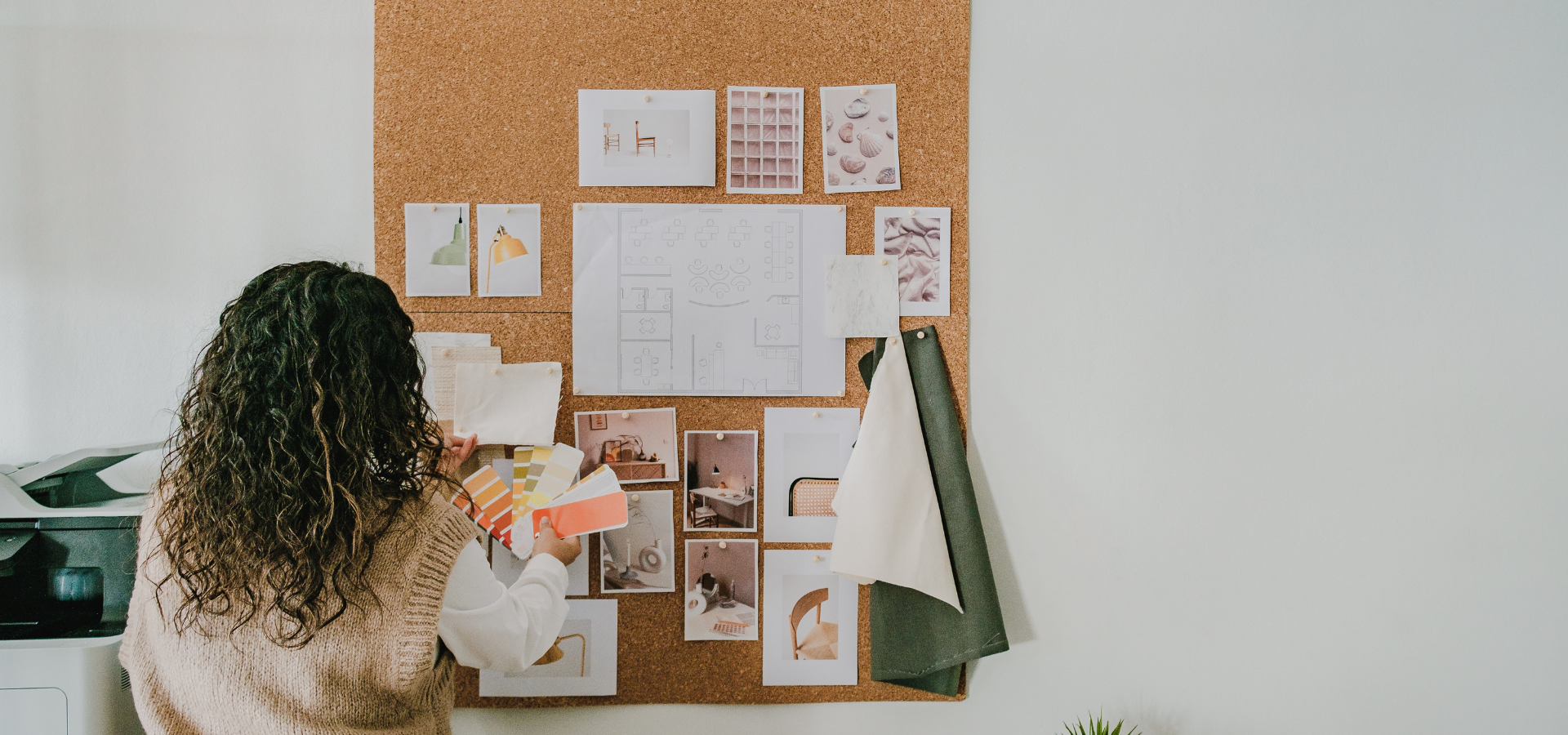
Interior design is not just about aesthetics; it also addresses functional needs. Whether it’s designing a kitchen that maximizes storage and workflow or creating a hotel room that ensures guest comfort, interior designers are problem solvers.
In healthcare settings, interior designers work closely with healthcare professionals to design spaces that meet strict functional requirements, such as infection control and patient privacy, without compromising on aesthetics.
Adapting to Changing Lifestyles
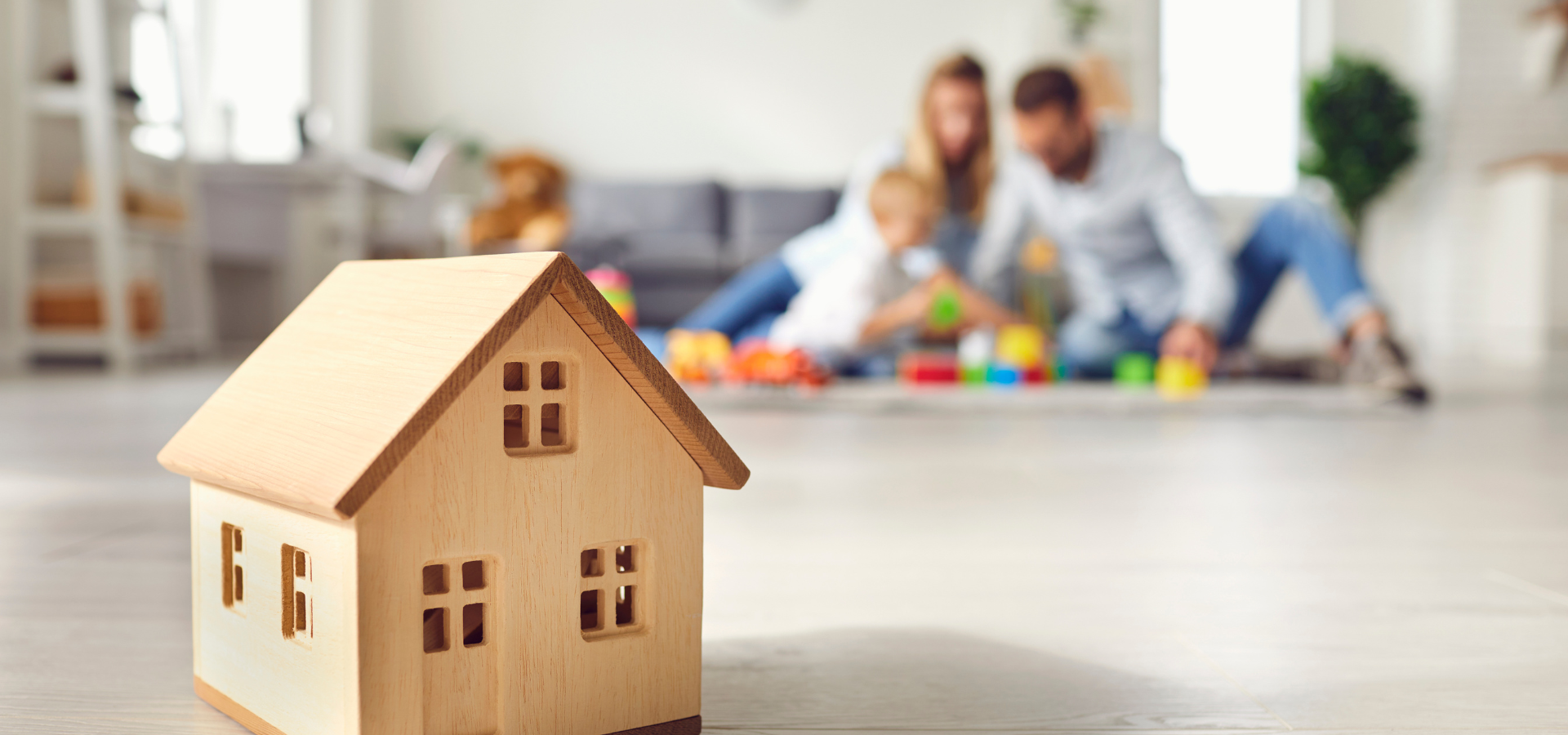
Society’s lifestyles and needs are constantly evolving, and interior design plays a pivotal role in adapting to these changes. For example, as remote work becomes more prevalent, interior designers are tasked with creating home offices that are functional, ergonomic, and aesthetically pleasing.
Similarly, the growing interest in sustainable living has led to the development of eco-friendly and compact living spaces. Interior designers are at the forefront of designing innovative solutions for smaller homes, maximizing space efficiency while maintaining comfort and style.
Conclusion
Interior design is far more than just selecting colors and furniture; it is a dynamic and multifaceted field that has a profound impact on our society. From enhancing well-being and sustainability to reflecting cultural trends and meeting functional needs, interior design plays a pivotal role in shaping our lives and the spaces we inhabit. As our society continues to evolve, the importance of interior design will only grow, making it an essential discipline that bridges aesthetics, functionality, and human well-being.
FAQ
Q1: What is the importance of interior design in our society?
A1: Interior design enhances living and working spaces, improving functionality, aesthetics, and overall well-being, making it integral to our society’s quality of life.
Q2: How does interior design impact our daily lives?
A2: Interior design influences our daily routines by creating comfortable, efficient, and aesthetically pleasing environments, enhancing our productivity and happiness.
Q3: What role does interior design play in public spaces?
A3: Interior design in public spaces, such as offices, retail stores, and healthcare facilities, can affect customer experiences, employee morale, and overall societal well-being.
Q4: How does interior design contribute to sustainability in society?
A4: Interior designers promote sustainable practices by using eco-friendly materials, energy-efficient designs, and waste reduction, thus aiding in society’s environmental goals.
Q5: Can interior design address societal issues like accessibility and inclusivity?
A5: Yes, interior design can create accessible and inclusive spaces, fostering social equity by ensuring everyone, regardless of abilities, can participate fully in society.
Q6: How does interior design reflect cultural diversity in society?
A6: Interior design can incorporate cultural elements and aesthetics, celebrating diversity and promoting cultural exchange, enriching our societal experiences.
Q7: Is interior design primarily about aesthetics, or does it serve practical purposes as well?
A7: Interior design balances aesthetics with practicality, ensuring spaces are not only visually pleasing but also functional and conducive to well-being in our society.

